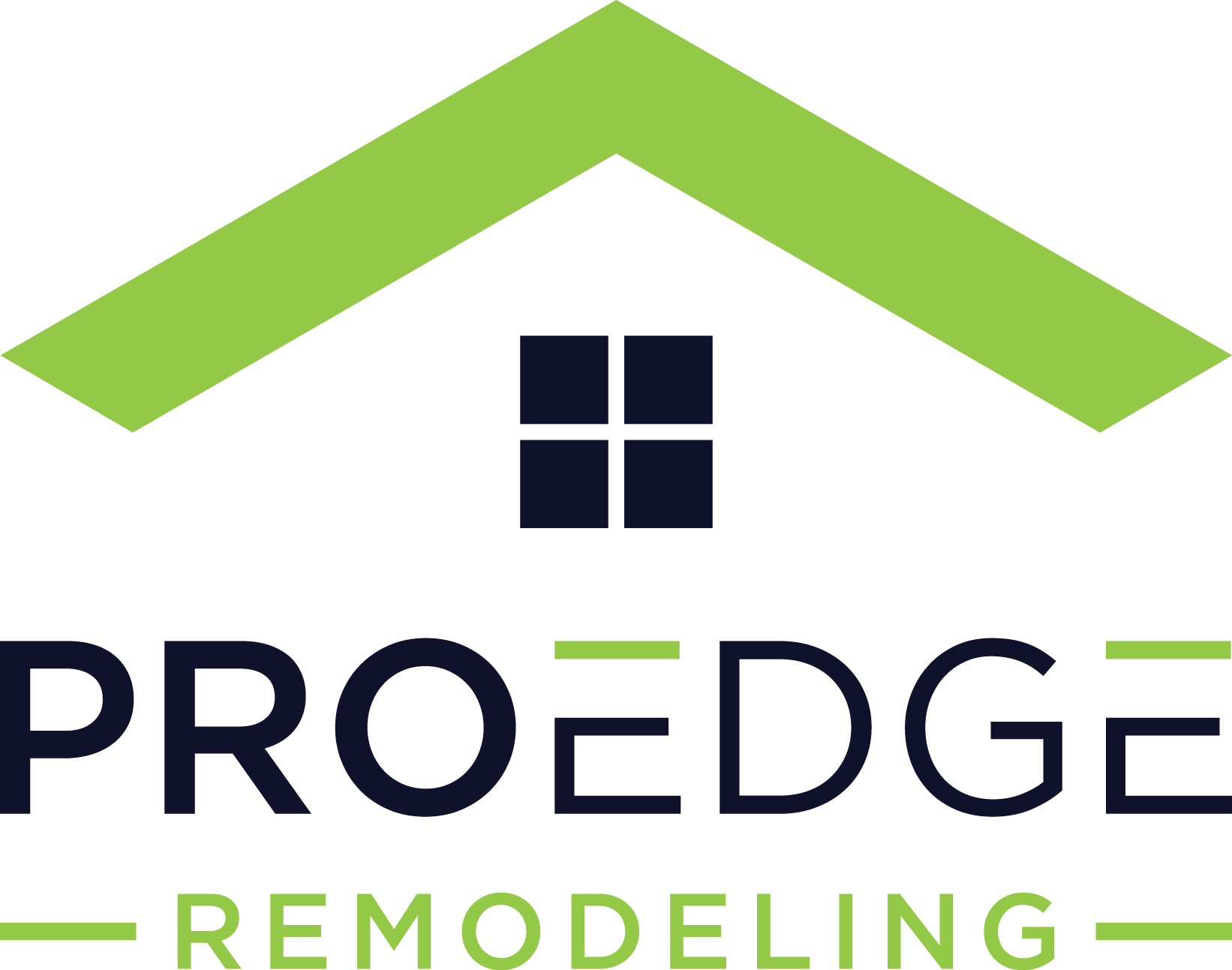Flat Roof Replacement Cost: An In-Depth Guide for Homeowners

If you’re a homeowner with a flat roof in need of replacement, you’re likely curious about the costs involved and the factors influencing the total price of your project. This detailed guide will cover everything you need to understand about flat roof replacement costs, enabling you to make an educated decision and budget effectively.
Why Replace Your Flat Roof?
Flat roofs are prevalent in many homes, especially in urban settings or on smaller properties. While they offer certain advantages, such as maximizing interior space and providing a unique aesthetic, flat roofs also come with their own set of challenges. Over time, exposure to the elements can cause wear and tear, leading to leaks, cracks, or other damage that compromises your roof’s integrity.
If you’ve noticed any of the following signs, it may be time to consider a flat roof replacement:
- Visible cracks or splits in the roofing material
- Pooling water or poor drainage
- Bubbling or blistering of the roof surface
- Leaks or water stains on interior ceilings
- Sagging or soft spots on the roof deck
Neglecting these issues can cause further damage and more expensive repairs in the future. Proactively replacing your flat roof can safeguard your home, boost its energy efficiency, and increase its overall value.
Flat Roof Replacement Cost Per Square Foot
On average, you can expect a flat roof replacement to cost anywhere from $4 to $30 per square foot in 2024. Most homeowners pay between $4 and $9 per square foot, or $400 to $900 per roofing square (100 square feet).
For a typical 1,600 square-foot flat roof, the total replacement cost would range from $6,400 to $14,400. Of course, this is a wide price range. Where your project’s costs fall depends on the specific flat roofing material you choose, your geographic location, the complexity of your roof, and other cost factors we’ll discuss.
Factors That Affect Flat Roof Replacement Costs
The cost of replacing a flat roof can vary widely depending on several key factors. Understanding these variables can help you accurately estimate your project budget and make well-informed decisions.
1. Roof Size
The size of your roof is a primary factor affecting replacement cost. Larger roofs need more materials and labor, leading to higher costs.
2. Type of Roofing Material
The type of roofing material you choose for your flat roof replacement will also have a major impact on your total project cost. Some common options for flat roofs include:
- EPDM (Ethylene Propylene Diene Terpolymer): A synthetic rubber membrane that is durable, flexible, and resistant to UV rays and extreme temperatures. EPDM roofs typically cost between $4 and $8 per square foot.
- TPO (Thermoplastic Polyolefin): A single-ply membrane that is energy-efficient and reflects UV rays, helping to keep your home cooler. TPO roofs usually range from $5 to $10 per square foot.
- PVC (Polyvinyl Chloride): Another single-ply membrane that is durable, chemical-resistant, and fire-resistant. PVC roofs can cost between $6 and $12 per square foot.
- Built-Up Roofing (BUR): A traditional flat roofing system consisting of multiple layers of bitumen and reinforcing fabric. BUR roofs are very durable but can be more expensive, ranging from $5 to $10 per square foot.
3. Existing Roof Deck Condition
The current condition of your roof deck also affects replacement costs. If the deck is in good shape, your costs will be lower. Significant damage or deterioration may require additional repair expenses or a complete replacement.
4. Roof Accessibility and Complexity
Accessibility and the complexity of your roof’s design can influence the cost. Roofs that are hard to access or feature intricate details like multiple levels or penetrations (e.g., chimneys, skylights) may increase labor time and costs.
5. Geographic Location and Labor Costs
Your location impacts flat roof replacement costs through varying labor rates and material prices, with urban areas typically higher than rural ones. Severe weather-prone regions may necessitate more durable materials, raising costs.
The Flat Roof Replacement Process
Now that you understand the factors affecting flat roof replacement costs, let’s take a closer look at the various steps involved in the roof installation process. While the exact steps may vary depending on the specific material and installation method, a typical flat roof replacement will involve the following:
- Removal of the old roofing material: The first step is to remove the existing roofing material down to the roof deck. This may involve tearing off multiple layers of old material and disposing of it properly.
- Inspection and repair of the roof deck: Once the old material is removed, the contractor will inspect the roof deck for any signs of damage or deterioration. If necessary, repairs or replacements will be made to ensure a solid foundation for the new roofing system.
- Installation of new insulation and underlayment: If required, new insulation will be installed to improve energy efficiency and protect against moisture. A high-quality underlayment will also be applied to provide an additional layer of protection.
- Application of the new roofing material: The chosen roofing material (EPDM, TPO, PVC, etc.) will be carefully measured, cut, and installed according to manufacturer specifications. Seams will be sealed, and any penetrations (vents, drains, etc.) will be properly flashed to prevent leaks.
- Final inspection and cleanup: Once the installation is complete, the contractor will perform a thorough inspection to ensure that the new roof is properly sealed and functioning as intended. Any debris or leftover materials will be removed from the site, leaving your property clean and tidy.
Choosing a Flat Roofing Material
Here’s a brief overview of the most common flat roofing material options:
1. EPDM Rubber Membrane
EPDM is a popular choice for flat roofs due to its durability, flexibility, and resistance to UV rays and extreme temperatures. It is also relatively affordable, with a lifespan of 25-30 years when properly maintained. EPDM is available in black or white and can be installed using either a fully adhered or mechanically attached method.
2. TPO Membrane
TPO is a single-ply membrane that offers excellent energy efficiency due to its white, reflective surface. It is also resistant to UV rays, chemicals, and punctures, making it a durable choice for flat roofs. TPO has a lifespan of around 25 years and can be installed using a variety of methods, including fully adhered, mechanically attached, or ballasted.
3. PVC Membrane
PVC is another single-ply membrane that is known for its durability, chemical resistance, and fire resistance. It is also energy-efficient and can be installed using various methods. PVC has a lifespan of around 25 years and is available in a range of colors to suit your aesthetic preferences.
Selecting the right material involves balancing your needs and budget constraints. Consider factors like budget, local climate, desired lifespan, and performance requirements (e.g., energy efficiency, fire resistance). Consult with a professional roofing contractor to choose the best option for your home.
DIY vs. Professional Installation
While it may be tempting to tackle a flat roof replacement as a DIY project to save money, it is generally not recommended unless you have extensive roofing experience. Flat roof installations require specialized knowledge, tools, and safety equipment to ensure a proper, long-lasting result.
Hiring a professional roofing contractor offers several benefits, including:
- Expertise in proper installation techniques
- Access to high-quality materials and equipment
- Adherence to local building codes and regulations
- Warranty coverage for both materials and workmanship
When selecting a roofing contractor, be sure to:
- Get multiple quotes from reputable, licensed contractors
- Check references and read online reviews
- Verify insurance coverage and licensing
- Obtain a detailed, written contract outlining the scope of work, materials, and costs
Conclusion
Replacing a flat roof is a significant investment in your home, but it is essential for protecting your property and ensuring its long-term value. By understanding the factors that affect flat roof replacement costs, choosing the right material for your needs, and working with a qualified professional, you can make informed decisions and achieve the best possible results.
Remember to:
- Consider the size, material, and complexity of your roof when budgeting for your project
- Research the various flat roofing material options to find the one that best suits your needs
- Hire a reputable, experienced roofing contractor to ensure a quality installation
- Perform regular maintenance to extend the life of your new flat roof
With proper planning and execution, your new flat roof will provide reliable protection and performance for years to come.
Additional Roofing Resources
- Roofing Installation: Where to Start and What to Consider
- Metal Roofing Basics: What You Need to Know
- What Should You Have in Your Roofing Contract?
- Does Moss Damage a Roof?

Anna has over six years of experience in the home services and journalism industries and serves as the Content Manager at MyHomePros.com, specializing in making complex home improvement topics like HVAC, roofing, and plumbing accessible to all. With a bachelor’s degree in journalism from Auburn University, she excels in crafting localized, comprehensive guides that cater to homeowners’ unique needs. Living on both coasts of the United States has equipped her with a distinctive perspective, fueling her passion for turning any house into a cherished home through informed, personalized decision-making.








